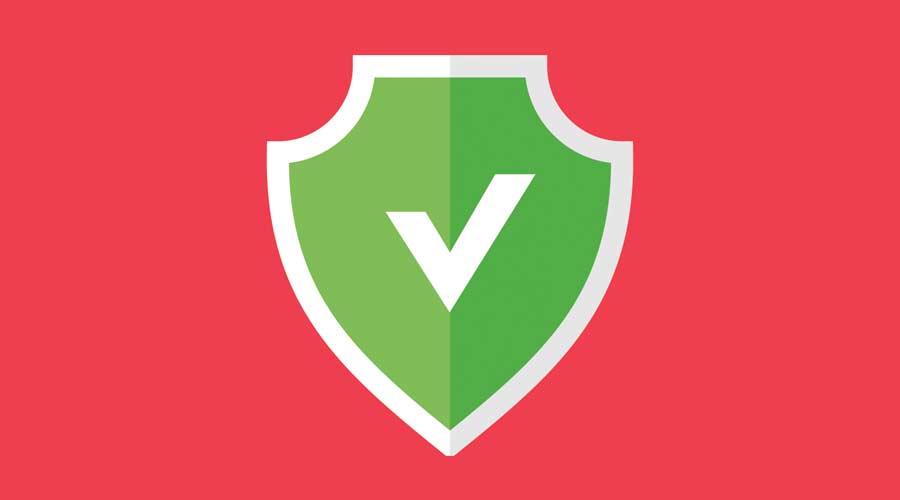
Contributed by TAL Global
By coincidence, within days of two mass shootings in California that left 18 people dead, the U.S. Secret Service released its first-ever report on mass shootings in the United States. The information was recently included in the monthly TAL Global newsletter.
"This is information we all should be aware of,” says Johnathan Tal, CEO of TAL Global, an international security and risk assessment firm based in Silicon Valley. “Today, no industry and no person is immune to these attacks.”
To prepare their report, the Secret Service analyzed 173 mass attacks from 2016-2020. Here are some of their key findings:
Location: The most common sites for mass shootings were businesses, restaurants, and retail facilities.
Weapons Used. Seventy-three percent involved firearms. The guns were acquired illegally in a quarter of all incidents.
Individuals. Most of the mass shootings, 96 percent, were committed by males.
Criminal History. Most mass shooters, 64 percent, had a prior criminal record. More than 40 percent had a history of domestic violence.
Social Media. Most mass shooters had an online presence. Further, 25 percent conveyed "concerning communications" on these social media platforms.
Concerning Communications. These concerning communications were often threats, thoughts about suicide, or discussions of previous mass shootings.
Traumas. Nearly all mass shooters experienced one or more significant stressors or traumas in their lives within the past five years. These included family and romantic issues, unresolved childhood trauma, physical or sexual abuse, or financial stressors.
Homelessness. 40 percent of the attackers said they experienced unstable housing situations within the past 20 years, including homelessness.
Mental Health Issues. Nearly 60 percent of the attackers experienced mental health problems before their attack, including suicidal thoughts, depression, paranoia, and delusions.
However, the report made clear mental health issues should not be used to explain away the attacks.
“We have learned over the years that homeless people and those with mental health issues are often the victims of attacks, not necessarily the perpetrators.”
What Can You Do?
To address these issues, TAL Global advises organizations to have professional risk and physical security assessments conducted.
“These assessments identify what steps are in place now to secure your people and facilities and what steps need to be taken in the future to minimize risks and vulnerabilities,” adds Tal.
In response to the frequency of school shootings in recent years, some districts have trained custodians to serve as a primary line of defense should such an incident occur. Read more on that here.

 Celebrating BSCAI's 60th Anniversary eBook
Celebrating BSCAI's 60th Anniversary eBook The Down and Dirty on Cleaning in Virus Season
The Down and Dirty on Cleaning in Virus Season How Surfactant Use is Expanding in Commercial Cleaning
How Surfactant Use is Expanding in Commercial Cleaning